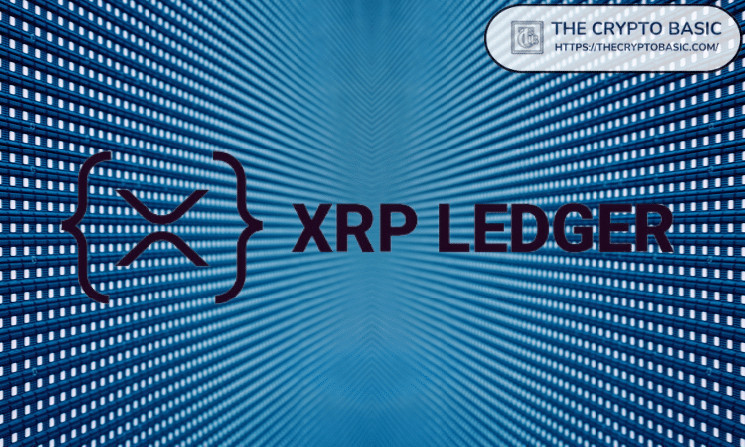In a recent collaboration, Ripple joined forces with Axelar Foundation to improve interoperability on the XRP Ledger (XRPL) by connecting to more than 55 blockchain networks.
The partnership, initiated with the Axelar Foundation, a non-profit organization that oversees the growth of the Axelar network, would help strengthen the interoperability of the XRP Ledger at a time when some figures in the network regret.
The Axelar team announced the collaboration via a press release, with RippleX, the development arm of Ripple, drawing attention to it in a recent post. Information from the release suggests that the goal of the collaboration is to strengthen better interconnection between the XRPL and the broader blockchain ecosystem.
This partnership with @Axl_Foundation will improve the interoperability of the
https://t.co/zI8TcXzisH
— RippleX @ #ETHDenver2024 (@RippleXDev) February 27, 2024
Details of the integration
Axelar Network, originally developed by Interop Labs, is poised to integrate with the XRPL, enabling the secure and efficient transfer of assets across a vast network of interconnected blockchains. This integration is expected to start in May.
Known for its decentralized architecture and stability dating back to 2012, the XRP ledger has earned global trust in facilitating the tokenization and exchange of value involving both crypto assets and real-world assets (RWAs).
This partnership aims to strengthen the XRPL ecosystem by using Axelar’s General Message Passing (GMP) to enable RWA and DeFi features. A key goal of the partnership is to provide sufficient liquidity for stablecoins and large assets by integrating with Axelar.
The integration would network participants and builders on the XRP Ledger an opportunity to witness better functionality on the blockchain, especially when combined with the robust XRPL infrastructure with the upcoming AMM and the native DEX.
The Axelar team noted that their GMP product introduces a feature that provides more utility than the merely conventional ability to bridge transactions. In particular, it allows developers to make calls on smart contracts located on more than 55 connected blockchains.
This ensures secure exchange of various payloads, such as function calls and on-chain data across multiple networks. The improvement contributes to a more advanced and refined experience for decentralized applications (dApps) that use the XRPL.
The XRPL aims to welcome RWA tokenization
The team behind Axelar highlighted the XRPL’s commitment to tokenizing real-world assets (RWAs), underscoring its role in setting a standard for interoperability. Notably, Ripple recently partnered with Zoniqx to facilitate tokenization on the network.
According to the Axelar team, the Axelar Foundation API and tooling are designed for the smooth integration of tokenized assets on the XRPL with applications across the crypto ecosystem. This broadens the scope and potential applications of real-world assets on the XRPL.
David SchwartzCTO of Ripple, expressed optimism about the initiative and emphasized that breaking down silos between networks will help strengthen innovation, especially in the DeFi sector.
Ripple President Monica Long emphasized that the partnership would help facilitate three things: bringing more dApps to the XRPL, strengthening liquidity for stablecoins and other key assets, and expanding the XRPL’s features to the more than 55 blockchains associated with Axelar are connected.
We keep saying it…the future is multichain! Extremely excited that @axelarnetwork is integrating with the XRP Ledger 1/ bringing more cross-chain dApps to XRPL 2/ providing liquidity for stablecoins + other assets 3/ expanding the features of the https://t.co/A8C8Kig34J
— Monica Long (@MonicaLongSF) February 28, 2024
Notably, Ripple is already trying to introduce an EVM sidechain for the XRPL to strengthen interoperability, with the introduction of the XLS-38 amendment to launch a chain bridge. The amendment and the partnership with Axelar Foundation represent a leap in improving interoperability within the XRPL ecosystem.

